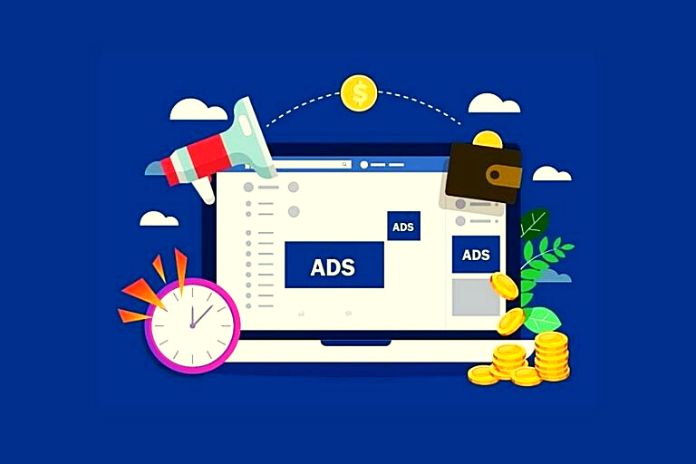All definitions for the types of Workflow make its objectives clear: Clearly defining the conditions and the execution sequence of the tasks; Minimizing the lack of visibility of the processes; Making the coordination of people more cohesive and assertive.
In the following article, we will explain in more detail what Workflow is and which are the most suitable to apply in a project. Continue reading and understand how a workflow can significantly influence the success of your professional endeavors.
What Is Workflow?
From a practical point of view, it consists of automating business processes that pass from employee to employee, especially in corporate structures with a hierarchy and a predetermined agreement with well-defined rules.
In general, the Workflow can be organized manually. However, much of it is currently systematized in the context of information technology, known as IT.
What Is Workflow In The Technological Context?
From a technological point of view, the Workflow is a set of tools that help connect production units and the office. When analyzed from a macro-environmental perspective, this technology contributes to establishing a stronger connection between the IT area and the corporate culture. It is a way of connecting employees to the corporate processes themselves.
Workflow technology makes it possible to establish more transparent communication between the different sectors of the company involved. It also enables the exchange of information with greater security between the parties. In this way, tasks are performed as expected, delivering better results.
Advantages Of Workflow For Organizations
The benefits of Workflow can be understood very easily. The role of this technology is to systematize corporate activities. From the moment these activities are appropriately organized, communication becomes more effective. The Workflow, consequently, becomes more fluid, facilitating the achievement of good results.
Optimizing processes contributes to eliminating bottlenecks, and thus, costs can be reduced. The company’s work tends to become more efficient and employees more motivated. It is a virtuous circle of advantages that allows consolidation of the company at a high level of productivity. Below is a summary of the main benefits of the Workflow:
- Agile and secure communication;
- Effective division of labor;
- Assertive and effective decision-making;
- Involvement and synergy among team members.
Workflow Types And Their Concepts
Now that we’ve explained what Workflow is and its main advantages, we’ll talk about the three most used types. Check it out below:
Production Workflow
This type of Workflow is indicated for groups with a large volume of data, financial resources, and large-scale business policies. In groups with these characteristics, procedures are already well-defined. Thus, there are no possibilities for changes, amendments, or the creation of new rules.
Ad Hoc Workflow
This Workflow is the opposite of the production one, as it allows changes in the rules, even if the process operation has started. It is indicated for groups formed by members who perform tasks individually.
Administrative Workflow
Many consider this type to be a compromise between Ad hoc and Production Workflow. It is ideal for administrative routines and other groups involved in constant, predictable activities guided by simple coordination rules. Tasks involving forms and document handling are also well suited to this Workflow.
Choose A Tool To Apply The Workflow
For the Workflow to work entirely in practice, it is interesting to have the help of a technological tool. Remember that the foundation of the Workflow is systematization, so all steps must be adequately defined. Give preference to devices that allow you to create fluid flows that are easy to understand.
Above all, the Workflow must be easily understood by all team members. Only then will everyone assimilate their tasks within the process and fulfill their part. The system must also be easily accessible to everyone. Tools with an easy-to-use and understandable interface are the best for maintaining this process.
Initially, it is interesting to create a less complex workflow so that it is possible to assimilate the logic. With the passage of time and the successful use of this system, it is possible to increase the degree of complexity. Systematization only works when applied in an environment where its structure has been fully understood.
The adaptation can take some time, but it will bring excellent results when the team absorbs it. It is a way to leverage all the good the team has to deliver.
Choosing The Best Workflow For Your Company
Regardless of which Workflow is chosen and implemented in your company, it is essential to emphasize that this technology radically transforms the execution of processes, procedures, and tasks. Carefully analyze and study the existing types of Workflow before deploying it in your organization.
As mentioned above, each type of Workflow is more suitable for specific profiles of activities and corporations. So, first, understand what your company’s profile is. With this understanding adequately done, choosing the ideal model to optimize your company’s processes is simpler.
It is also worth having as one of your focuses to check whether the Workflow is working. Choosing another model to guide your organization’s Workflow might be interesting.
Also Read: Workflow: How It Can Increase The Productivity Of Your Business










